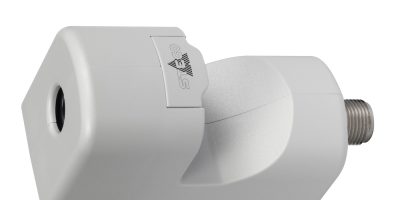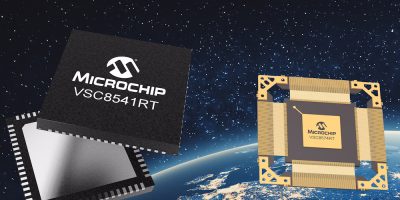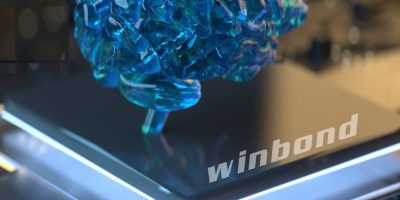The ESS 076 is a smart sensor from Stego Elektrotechnik measures power consumption to track efficiency and spending in industrial plants.
As an IO-Link sensor, the ESS 076 enables the rapid adjustment of parameters and the transmission of real time data. With its additional 4.0 to 20mA interface, the ESS 076 can be integrated easily into current projects, said Stego. Monitoring electricity consumption helps identify inefficient operating conditions and / or energy wastage. The ESS 076 provides accurate measurement of power consumption, enabling plant operators to take action to improve energy efficiency and reduce costs. The sensor, using contactless technology, measures AC currents up to 100A on cables up to 11.4mm in diameter to detect power consumption.
The sensor directly outputs energy consumption digitally via parameterisation of the mains voltage. Continuous current measurements allow for finer process control and optimization of plant operations. With the ESS 076, manufacturers monitor power consumption in real time and use the data to adjust processes to optimise plant performance and output. Mounting options enable the sensor to also be easily retrofitted.
The ESS 076 provides precise data that helps to avoid unnecessary expenditure. The high precision measurement technology enables the ESS 076 to monitor in real time and provides an analysis of the power consumption of facilities to reduce operating costs sustainably. The collected electricity data from the ESS 076 can be used for decision making and long term planning to support investments in energy efficiency projects or capacity expansions.
http://www.stego-group.com







